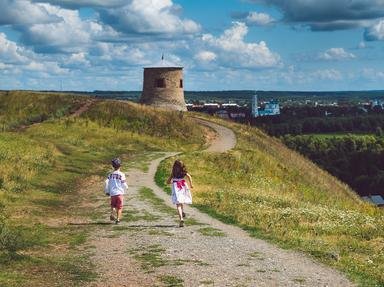Quiz Answer Key and Fun Facts
1. Train and bank robber, leader of the Wild Bunch
2. Frontiersman, Politician, Soldier
3. Army officer and cavalry commander, Battle of the Little Bighorn
4. Leader of Nez Perce, thought to have died of a broken heart
5. Sharpshooter, member of Buffalo Bill's Wild West Show
6. War leader of Oglala Lakota, Battle of the Little Bighorn
7. Dentist, gambler, gunfighter
8. Lemhi Shoshone, guide and interpreter
9. Buffalo hunter, gambler, feature writer, sports editor
10. Gunfighter, outlaw, member of the Regulators
Source: Author
ponycargirl
This quiz was reviewed by FunTrivia editor
NatalieW before going online.
Any errors found in FunTrivia content are routinely corrected through our feedback system.

